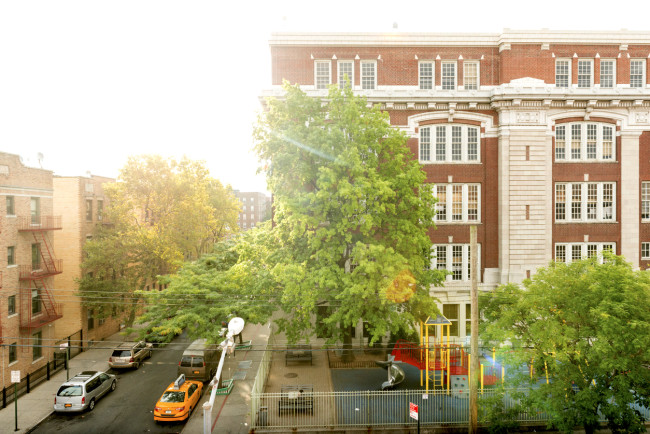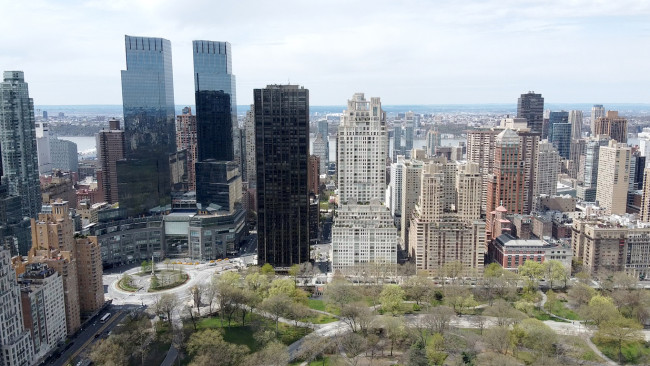Manhattan apartment sales fell record 54 percent during second quarter

The second quarter overlapped with New York’s ban on in-person showings, an “unprecedented shutdown [that] skewed the results," according to The Elliman Report.
iStock
The virtual world apparently is no replacement for reality when it comes to real estate transactions. Despite an effort to shift apartment showings online during New York City’s shutdown, the number of sales of Manhattan co-ops and condos in the second quarter of 2020 fell 54.1 percent, the largest annual percentage drop in 30 years.
That’s just one piece of grim news in The Elliman report for Manhattan co-ops and condos for the second quarter, a period which overlapped with New York’s ban on in-person showings, an “unprecedented shutdown [that] skewed the results.”
Buyers who pounced likely scored a discount: The median sales price fell year over year by the highest amount in a decade, dropping 17.7 percent to $1,000,000. But there was less to choose from: Listing inventory fell by the most significant annual rate in nearly seven years.
Smaller apartments are selling better than larger, family-sized apartments—which is consistent with what brokers told Brick Underground: Many families on both the buy and sales side are in a holding pattern while they wait for the Department of Education to announce whether NYC schools will open for fall or continue with remote learning.
One-bedroom co-ops made up 53.6 percent of all co-op transactions in the second quarter, up from 42.4 percent in the year-ago quarter. Studio condos represented 10.4 percent of sales, up from 8.7 percent a year ago.
Other market reports
Contact activity would have been even lower if had not been for “digital tools including virtual open houses/showings, enhanced 3-D staging, and other innovations that kept real estate activity alive,” says Elizabeth Ann Stribling-Kivlan, senior managing director, in Compass’ second quarter Manhattan market report.
Frederick Warburg Peters, CEO of Warburg Realty, says “there barely was a market.” He writes in Warburg Realty’s second quarter market report that NYC was in an “unprecedented situation” and “few people want to purchase a home they haven’t set foot in.”
Peters notes buyer’s priorities have changed and questions whether working from home on a large scale is sustainable. “We will have to wait through the third quarter to see [the pandemic’s] ongoing impact on...prices, but one thing seems certain: How we use the built spaces around us will never be quite the same again,” he says.
Bess Freedman, CEO of Brown Harris Stevens, notes over 90 percent of second quarter closings had contracts signed before the Covid-19 lockdown began.
“This means the data is more representative of the strong market we had before the virus, and not what we see today. It won’t be until the third quarter report that we’ll begin to know the extent the virus and lockdown had on housing prices,” she says in BHS’ second quarter 2020 Manhattan market report
The second quarter of 2019 was a record quarter for luxury closings in Manhattan, thanks to buyers rushing to close before a steeper mansion tax kicked in. “When comparing the second quarter to a year ago, you will see steep declines in the average price in most categories for this reason,” Freedman says.
New development in Brooklyn fared better than Manhattan, according to a report from Brown Harris Stevens Development Marketing. “We saw minimal discounting and an increase in the percentage of contracts signed with outdoor space in both boroughs,” says Stephen Kliegerman, president of BHSDM.
You Might Also Like


























